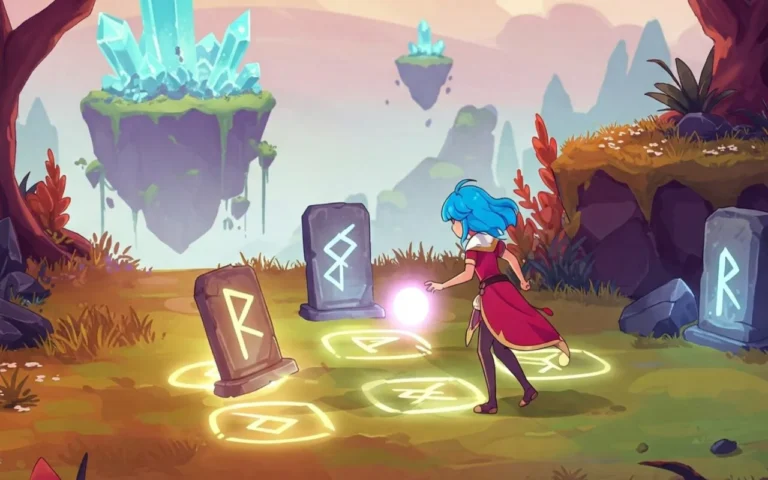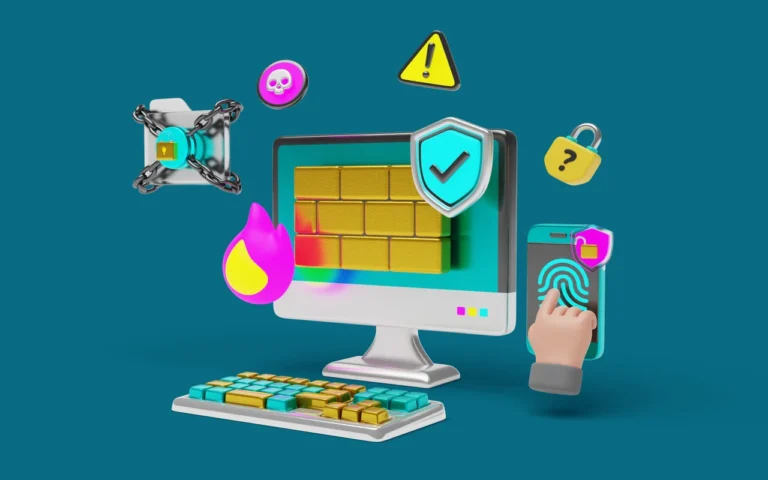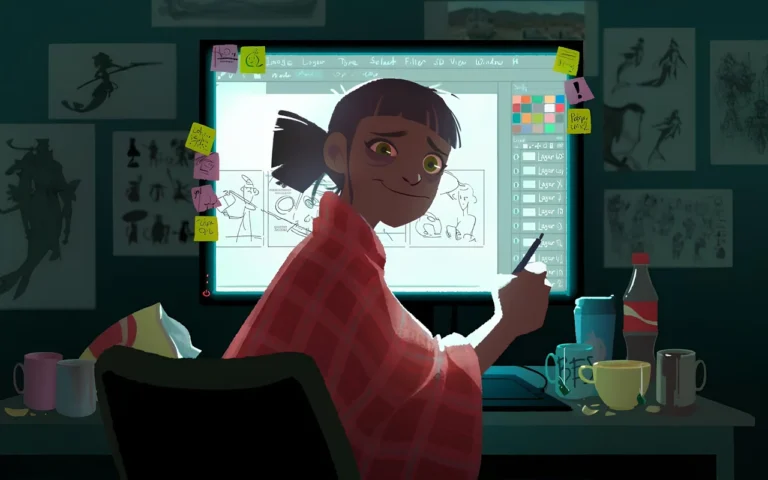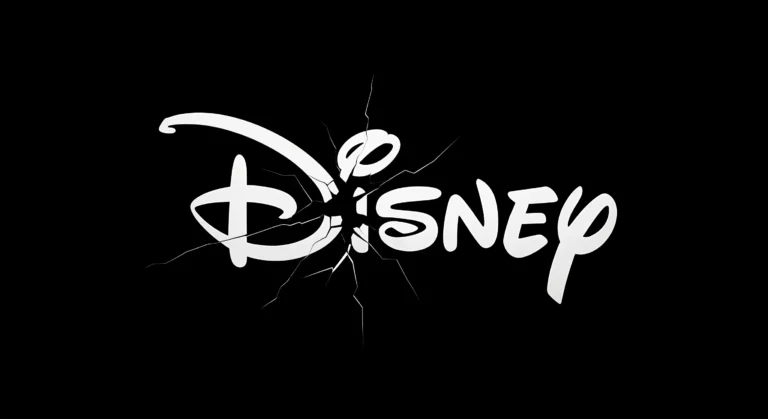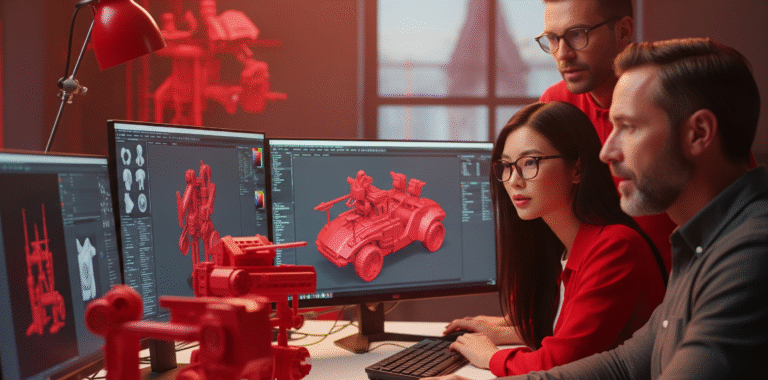Did you know artists working on Nemo went scuba diving to get the real feel for lighting in the open ocean? Yes, they actually did that, and that clearly demonstrates the importance of lighting in 3D animation and games. Lighting up scenes in a way that conveys the tone of each scene in a story is the main responsibility of 3D lighting artists. They are the main artists behind the implementation of all lighting tasks in a creative project. If you are curious about how their skills bring life to computer-generated imagery, you have come to the right place. Let’s dive in.

Need 3D Animation Services?
Visit our 3D Animation Service page to see how we can help bring your ideas to life!
Responsibilities of a 3D Lighting Artist
A 3D lighting artist is tasked with understanding the lighting required for a specific scene through cooperation with directors and creating the desired atmosphere using lighting techniques. They simulate how an environment’s lighting looks in the real world and recreate it with a cinematic touch. They are not only responsible for adjusting how well-lit or transparent objects or characters look but also for creating lighting that attracts viewers’ focus to specific objects or areas of interest.
What Are the Essential Skills for a 3D Lighting Artist?
Color Theory and Lighting Principles
3D lighting artists should have a solid understanding of how light and color behave in various environments. Being able to design lighting combinations and analyze reflections is a must-have skill for every lighting artist.
3D Software Skills
A strong command of 3D animation programs is the most important technical skill a 3D lighting artist should acquire. These programs have specialized lighting tools that help artists set up lighting rigs and tweak lighting parameters.
Understanding Materials and Textures
A 3D lighting artist should have a proper understanding of texturing 3D models and how various lighting configurations affect different materials.
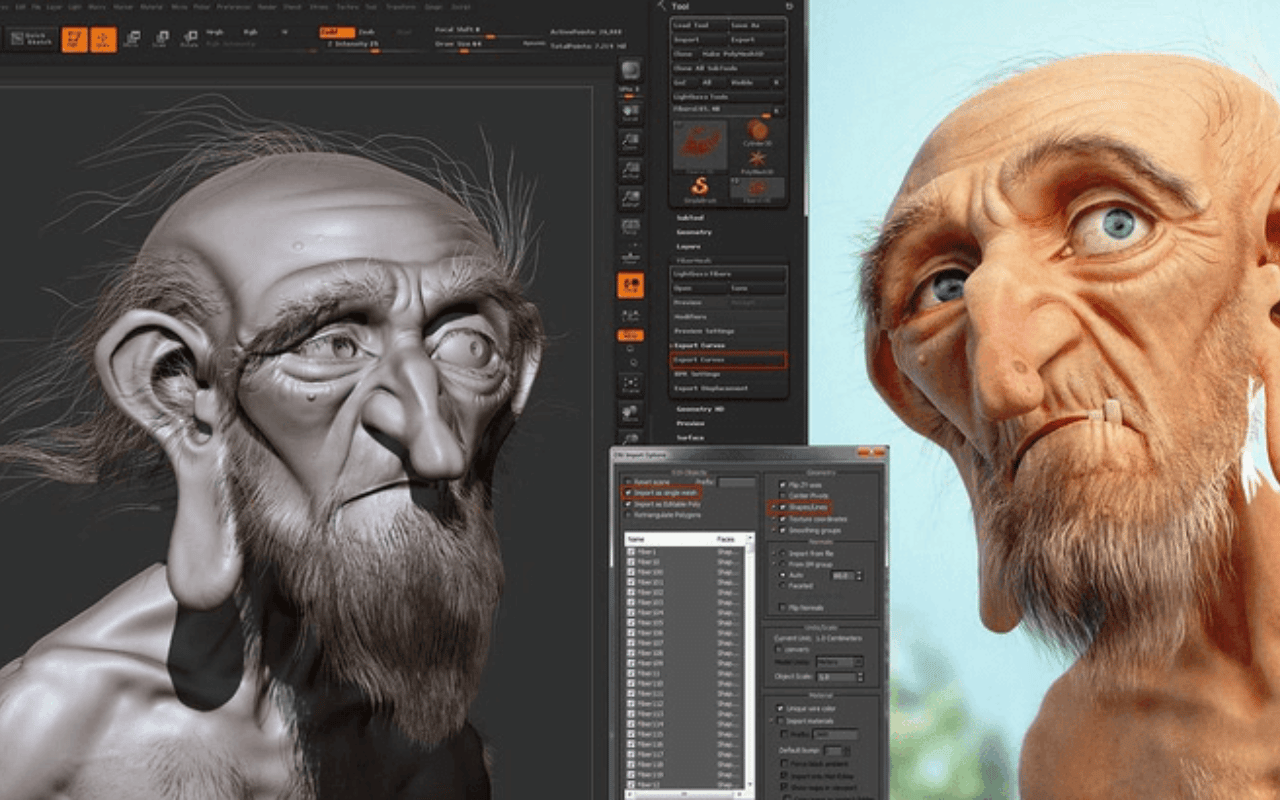
Rendering Skills
3D artists are responsible for rendering animation frames with the desired lighting settings. Familiarity with rendering tools, techniques and concepts is essential for lighting artists.
Communication Skills
Lighting an animation project or a game requires constant communication between lighting artists and creative directors. Thus, having good communication skills is essential for 3D lighting artists.
What is the Lighting Process?
Color Scripts
The lighting process for animated movies often starts with color scripts. Created in the pre-production phase, color scripts are painted drawings that define color themes and lighting for different scenes. Color scripts also help determine the color and lighting combination that matches the emotions that should be conveyed in each scene. Color scripts are not created by lighting artists but rather by lead artists or concept artists.
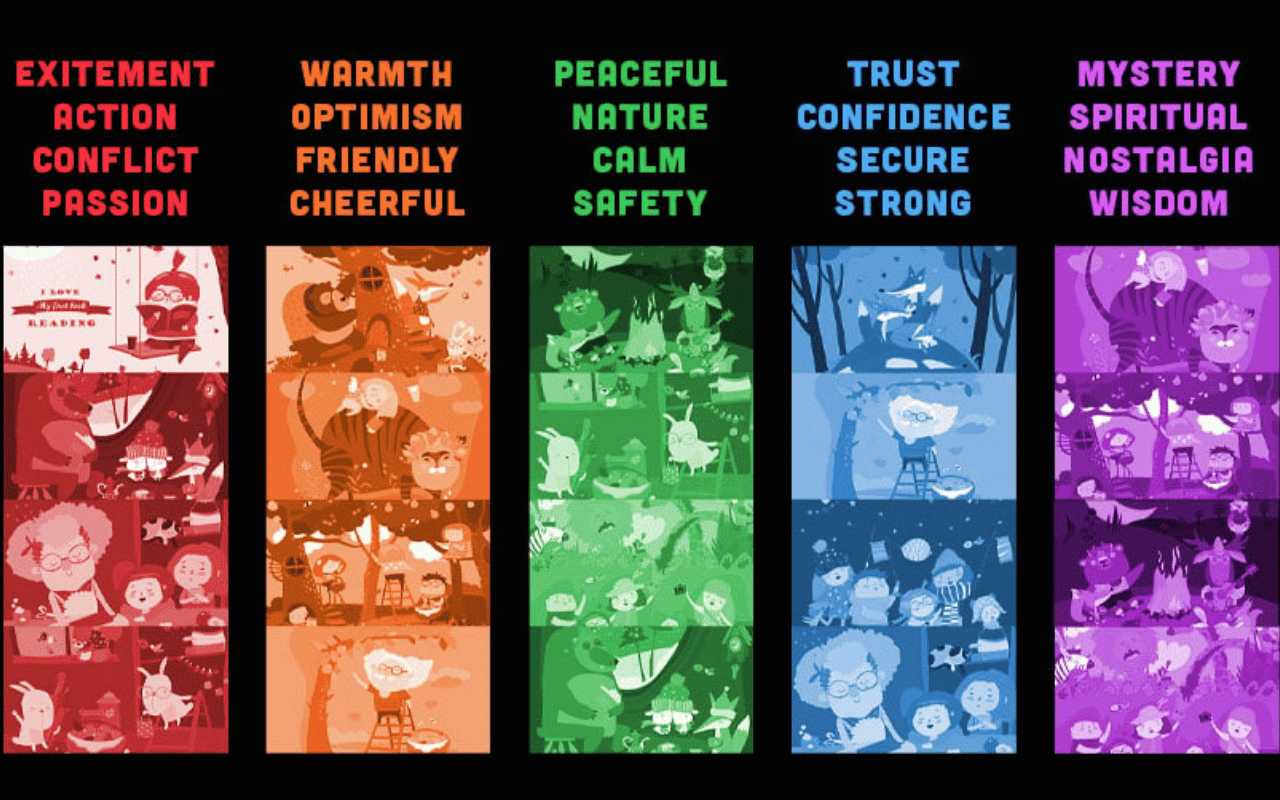
Surfacing
The next step in a 3D lighting process is surfacing. 3D materials and textures have attributes like roughness, intensity and saturation that help define how shiny or dark they appear when light hits them. Surfacing involves adjusting these attributes to achieve the desired look.
Adding Lights
This step is probably what many people refer to as lighting. It involves adding various types of lights to a scene and adjusting attributes like intensity to achieve the desired lighting. 3D lighting artists try to understand how lights will appear in a real-world environment similar to what they are lighting up on a computer and do their best to recreate those lighting conditions.
Rendering
After setting up lights for a scene, it is time to render. Rendering is a time-consuming and computing-heavy process. Computers calculate how different materials and textures behave in the presence of several lights. Rendering is usually assigned to render farms, which are basically a bunch of computers with dedicated graphics cards that handle rendering heavy scenes faster.
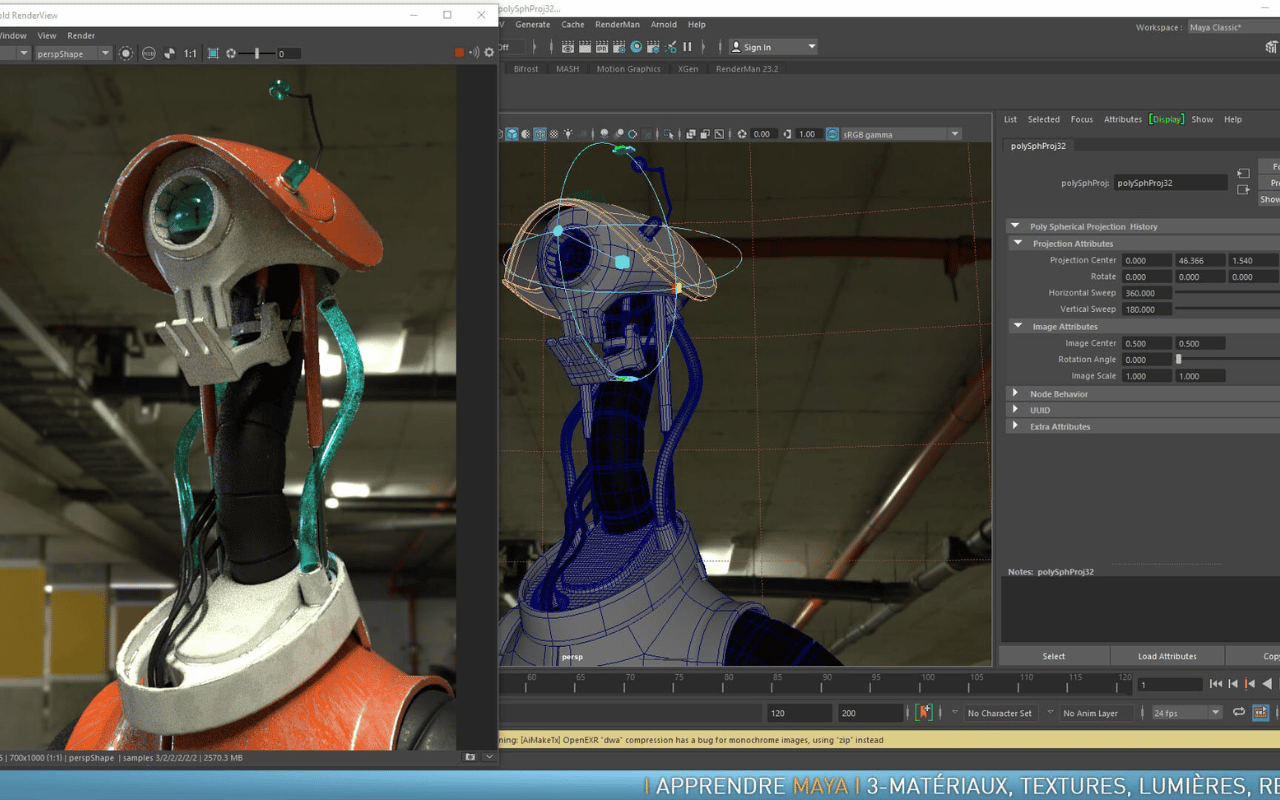
Feedback and Refinements
Lighting is an intricate task that requires continuous refinement for the final image to look the way directors expect. Lighting artists tweak and refine the lighting based on the feedback they receive until the desired results are achieved.
Types of 3D Lighting Techniques
There are many lighting techniques used in 3D animation studios and game art studios Let’s explore some common ones used in the industry.
Three-Point Lighting
Three-point lighting is a foundational technique used in many 3D projects. Three types of lights are used in this technique. A key light is the primary source of light in the scene, like the sun; a fill light is the secondary light, like a lamp or area lights; and finally, rim lights help create the background light.
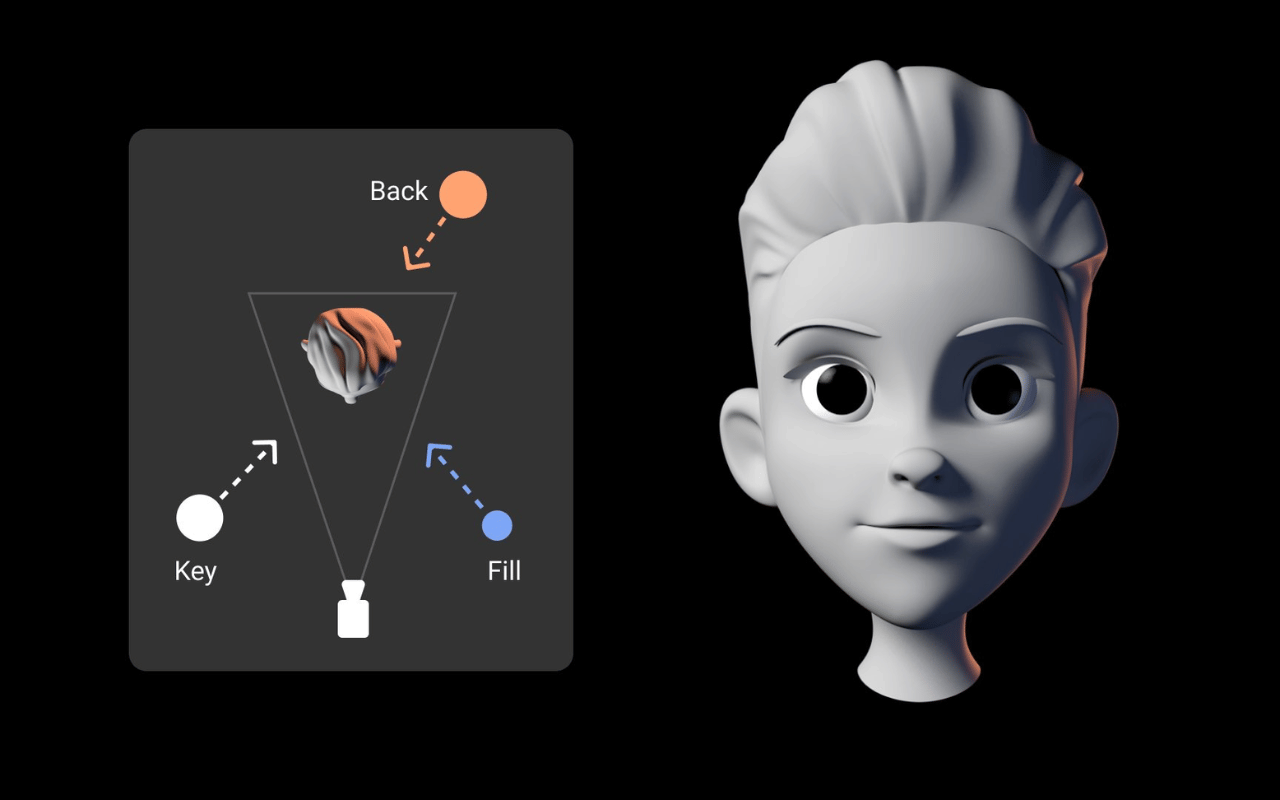
HDRI Lighting
High Dynamic Range Images are high-quality 360-degree images taken from real-world environments. Incorporating HDRI images in 3D projects is a common method in many games and movies. These images act as the pattern based on which light is reflected in 3D scenes. This technique is a useful method for creating realistic renders.
Global Illumination
Global illumination is a lighting technique that simulates how lights in the real world behave while interacting with objects in a scene. It is used to add realistic lighting to 3D scenes. Global illumination requires heavy computing power since it simulates how light is reflected by various surfaces.
Industry Applications of 3D Lighting
Film and Animation
Lighting is essential for creating the mood in any animation project. Production companies rely on 3D lighting artists to give life to their scenes and characters. Feature film producers also incorporate 3D lighting techniques in their VFX pipeline to create photorealistic scenes in green-screen footage.
Games
Lighting is an integral part of any 3D game art. Games contain multiple levels filled with a variety of environments. 3D lighting artists are responsible for creating the atmosphere for each location in the game. 3D game engines come with real-time lighting and rendering engines that calculate how lights should appear in the scene; however, due to the computation costs involved with lighting, lights are usually pre-baked in games for better performance.
Product Modeling
3D models have become a popular tool for showcasing physical products. Every company that sells physical items finds 3D animation an extremely valuable resource for creating advertising videos. Creating visually stunning product showcasing videos requires professional lighting that helps to create an appealing image in customers’ memory.
3D Lighting Tools and Software
3D animation programs and game engines come with lighting tools that make it possible to create almost any type of lighting. We will cover the most common software that a 3D lighting artist usually works with.
Autodesk Maya
Released in 1998, Maya is considered the industry standard for 3D animation. Maya is a feature-complete animation program that has the necessary tools for high-quality 3D lighting. A v-ray renderer in Maya that uses raytracing enables lighting artists to create high-quality renders quickly.
Blender
Blender is a free and open-source 3D animation program that has gained massive popularity in recent years. Blender’s real-time rendering engine EEVEE enables 3D artists to quickly see the changes they make in lighting and at the same interact with 3D objects in real-time.
Read More: Maya vs. Blender
Cinema 4D
Cinema 4D is an animation program that is widely used in 3D motion graphics. It comes with various automation tools that facilitate the creation of motion graphics. It’s very popular among 3D product modelling and advertising companies. The redshift renderer inside Cinema 4D allows real-time preview of various lighting techniques, such as global illumination, which is very useful.
Unreal Engine
Unreal Engine is a popular game engine that is used in the film and animation industry due to its powerful real-time lighting and rendering capabilities. The engine enables lighting artists to incorporate real-time raytracing and global illumination in 3D projects. This helps to preview the effect of lighting on films and animated shots with desired lighting in the viewport.
Career Path for a 3D Lighting Artist
Although lighting plays a huge role in creating the visuals for animation and game projects, not every studio can afford to hire full-time lighting artists. Small animation or game studios usually rely on 3D generalists who handle many tasks such as texturing, lighting and rendering. Specialized lighting positions are more prevalent in big animation and game development companies. However, entering such studios is hardly possible without having years of experience in either lighting or general 3D work. Thus, A typical career path for a 3D lighting artist starts with a junior 3D artist role in a studio. Over time and with gaining experience on various 3D projects, moving towards lighting positions and in larger studios is the practical way to get a specialized lighting job.
Final Words
Professional lighting sets apart a blockbuster animation project from a lackluster one. Lighting artists play a crucial role in taking the audience into the imaginary worlds created by storytellers. A career in 3D lighting can be very exciting for creative people who love hands-on visual problem-solving. Bringing life to dull characters and scenes is a satisfactory task for anyone with those traits. The advancements in computer graphics and hardware have made it possible for everyone to get their hands on 3D programs and dabble with lighting tools. So, if you’re interested in this field, why not download one of the above-mentioned programs and start your journey right now?


